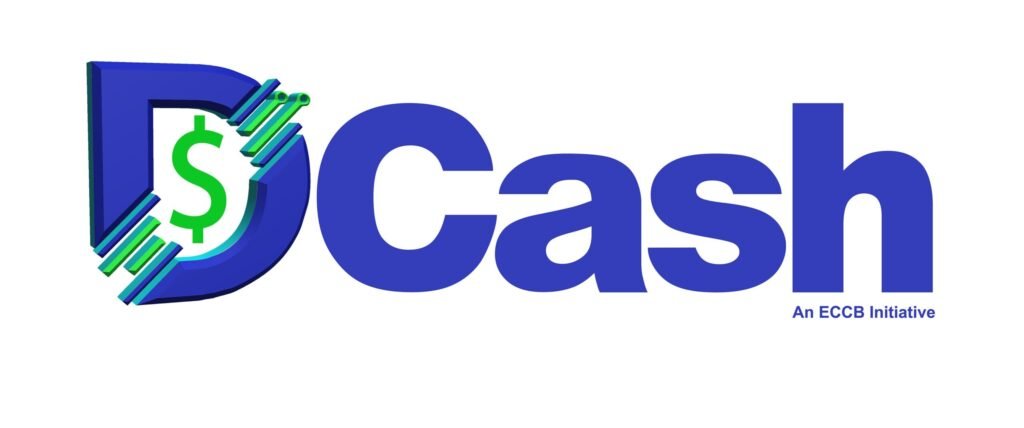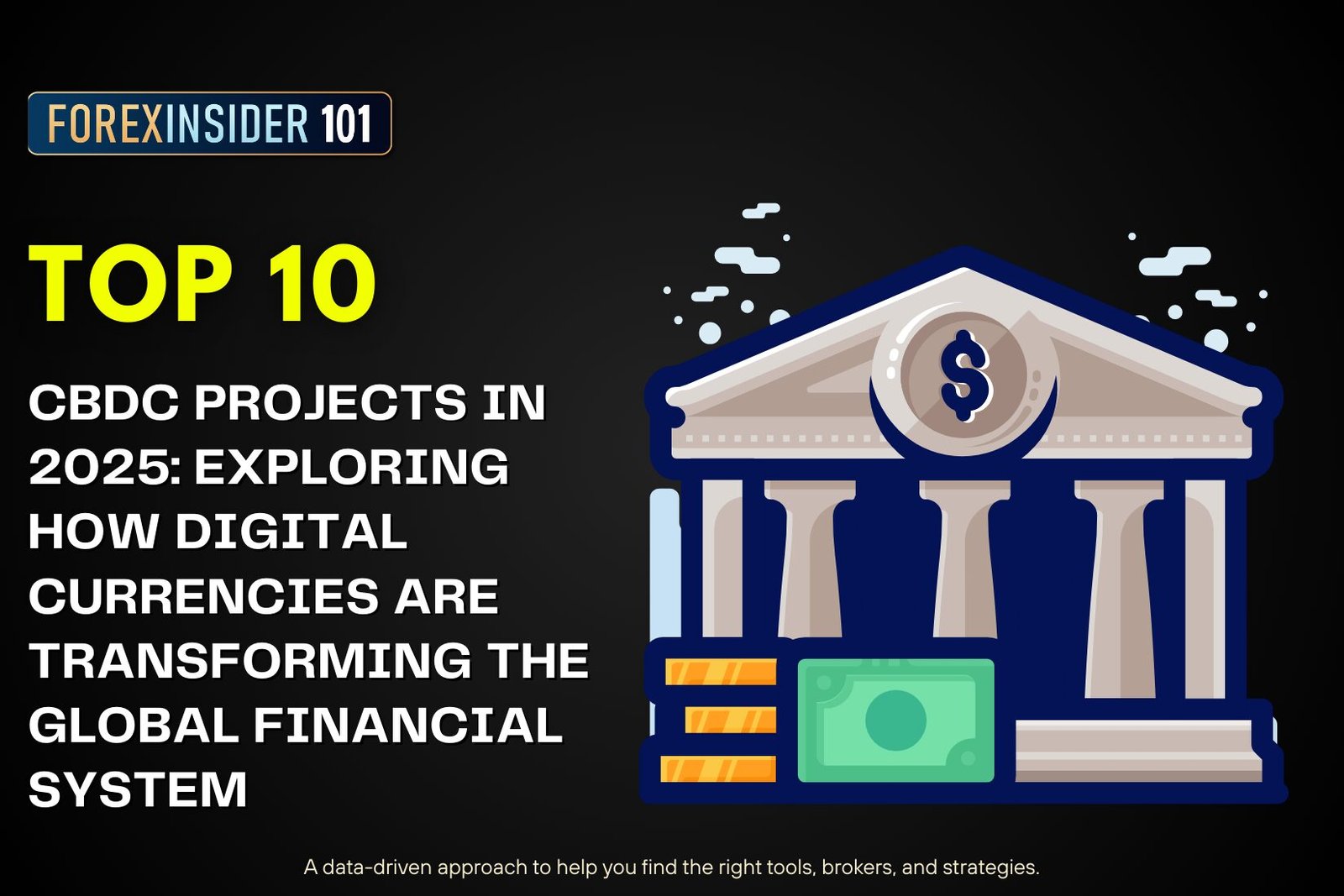The Top 10 CBDC projects in 2025 show just how far central bank digital currencies have come in only a few years. What began as experimental whitepapers and closed trials has now developed into live deployments and large-scale pilots across the world. As of 2025, 137 countries are exploring CBDCs, covering nearly all of global GDP. Some nations are pursuing retail models to boost financial inclusion, while others are prioritizing wholesale CBDCs to improve cross-border settlements and secure their position in the international financial order.
CBDCs are emerging as a response to multiple global pressures: the decline of cash usage, the rise of private stablecoins, and the need for faster, cheaper, and more transparent payments. They are also geopolitical instruments, with projects like China’s Digital Yuan pushing against the dominance of the U.S. dollar. Against this backdrop, the leading projects give us a snapshot of what the future of money could look like.
1. China – Digital Yuan (e-CNY)

Source: ABMagazine
China’s Digital Yuan is by far the world’s largest CBDC experiment, both in scale and ambition. By mid-2024, transactions exceeded 7 trillion yuan, and the currency has steadily expanded its footprint across transportation, healthcare services, tourism, and even government programs. By 2025, its reach is growing beyond domestic use as Beijing tests cross-border settlements through Project mBridge, bringing the yuan closer to wider international circulation.
For China, the e-CNY is not just a payment tool — it is a strategic project aimed at reshaping global finance. It enhances financial surveillance at home, modernizes domestic payments, and supports Beijing’s long-term goal of yuan internationalization. In many ways, the Digital Yuan stands as the benchmark against which other CBDCs are measured.
2. India – Digital Rupee (e₹) – Top 10 CBDC

Source: IDFC
India’s Digital Rupee has quickly risen to become the second-largest CBDC pilot, showing the country’s rapid digitalization of finance. By 2025, the digital currency in circulation crossed ₹10 billion, reflecting a growth rate of over 300% in just one year. This surge has been supported by expanding trials across wholesale interbank settlements and retail transactions for citizens and small businesses.
What makes the Digital Rupee unique is its strong focus on offline capabilities, allowing users in rural or low-connectivity regions to transact without internet access. This approach directly addresses India’s diverse infrastructure challenges while advancing financial inclusion. By integrating with a broader ecosystem of payment providers and banks, India is positioning its CBDC as both a domestic necessity and a potential tool for cross-border commerce in the future.
3. European Central Bank – Digital Euro
The Digital Euro project is now in advanced pilot phases, reflecting Europe’s cautious but determined approach. The ECB has stressed privacy and consumer protection from the outset, implementing holding limits to prevent bank disintermediation and safeguard financial stability. At the same time, wholesale trials with commercial banks highlight Europe’s desire to modernize settlement systems while protecting its existing financial ecosystem.
For the eurozone, the Digital Euro is about more than payments — it is a political and strategic project. In a world where the Digital Yuan is gaining influence, Europe aims to ensure that the euro retains its role as a global reserve currency. In 2025, the Digital Euro is still not fully launched, but its structured and transparent pilot programs underline Europe’s long-term commitment to CBDCs.
4. Nigeria – eNaira – Top 10 CBDC

Source: VanGuardngr
Nigeria was one of the first countries in the world to fully launch a retail CBDC, making the eNaira a pioneering project for Africa. Its primary goal is to extend financial services to the millions of Nigerians who remain unbanked or underbanked. Despite its early launch, adoption has been slow due to limited public awareness, technical challenges, and skepticism among merchants.
Still, the Nigerian government continues to integrate the eNaira into welfare programs, remittances, and public services, signaling its determination to push adoption forward. By 2025, Nigeria’s experience serves as both a lesson and a model for other African nations: CBDCs can play a powerful role in inclusion, but success depends heavily on public trust, usability, and incentives.
5. The Bahamas – Sand Dollar

Source: CoinGeek
The Sand Dollar has the distinction of being the world’s very first fully launched CBDC, introduced in 2020. For the Bahamas, a country spread across many islands with uneven access to traditional banking, the Sand Dollar has been instrumental in providing accessible financial services. By 2025, it is widely used in everyday retail transactions and even plays a role in the country’s tourism sector.
While its scale is small compared to giants like China and India, the Sand Dollar is a global pioneer. It demonstrates that CBDCs can have tangible benefits in small economies, particularly where geography makes traditional banking difficult. Its success is less about global influence and more about solving local challenges in practical, measurable ways.
6. Jamaica – JAM-DEX – Top 10 CBDC
Jamaica’s JAM-DEX represents another early retail CBDC launch, aimed squarely at improving access for unbanked populations. The government has introduced adoption incentives, such as distributing payments through JAM-DEX wallets, to encourage both citizens and small merchants to embrace the new currency.
While adoption has been gradual, the initiative highlights how Caribbean nations are using digital currencies as a tool for inclusion and modernization. By 2025, JAM-DEX continues to expand slowly but steadily, showing that patience and consistent policy support are vital in building trust around a new form of money.
7. Project mBridge – Hong Kong, Thailand, UAE, Saudi Arabia

Source: LedgerInsights
Unlike retail CBDCs, Project mBridge is focused entirely on wholesale applications, specifically for cross-border payments. This multi-country collaboration, which began under the guidance of the Bank for International Settlements, has now become an independent initiative. Its goal is to make international transactions faster, cheaper, and more secure.
By 2025, trials of mBridge show promising results, reducing settlement times significantly and cutting costs compared to traditional correspondent banking systems. For the participating countries, this project is not just about efficiency but also about reducing reliance on dollar-based networks. It signals how wholesale CBDCs could reshape the backbone of global trade settlement.
8. Project Dunbar – Australia, Singapore, Malaysia, South Africa
Another wholesale project, Project Dunbar, focuses on interoperability between different central bank systems. Coordinated by the BIS Innovation Hub, the project is exploring shared platforms that would allow multiple currencies to settle seamlessly across borders.
In 2025, Dunbar’s importance lies in the lessons it generates on legal frameworks, governance, and cross-border cooperation. Though still experimental, its findings may serve as a foundation for future multi-regional systems. It represents the collaborative spirit needed to make CBDCs work in a fragmented global financial landscape.
9. Eastern Caribbean Central Bank – DCash

Source: Dcash
The DCash project, covering several island nations under the Eastern Caribbean Central Bank, is one of the most ambitious regional CBDC efforts. By unifying digital payments across multiple countries, it aims to strengthen the monetary union and simplify transactions for citizens and businesses.
Technical setbacks, including outages, have posed challenges. However, resilience improvements and government backing keep the project alive. In 2025, DCash remains a key experiment in what a multi-country retail CBDC could look like, offering insights into both the promise and pitfalls of shared digital currencies.
10. United States – Project Agorá

Source: Ledger Insights
The U.S. has taken a unique path by halting plans for a retail CBDC, following political concerns about privacy and government overreach. However, through Project Agorá, the country remains active in wholesale CBDC research, working with several major central banks to explore secure, efficient cross-border settlements.
This dual stance reflects America’s balancing act: protecting the dollar’s role as the world’s reserve currency while cautiously exploring new digital settlement methods. By 2025, the absence of a retail “digital dollar” is notable, but the wholesale focus signals that the U.S. is far from stepping away from the CBDC race altogether.
Comparing the Landscape
The 2025 CBDC landscape illustrates a divide between retail pioneers like China, India, Nigeria, and Jamaica, and wholesale innovators such as Europe, Project mBridge, and Project Dunbar. Regional initiatives like DCash show that even small economies are experimenting with collective models. The global picture is one of experimentation, cautious rollouts, and growing recognition that digital currencies are now a permanent feature of financial policy.
Challenges on the Horizon – Top 10 CBDC
CBDCs face significant hurdles. Banking disintermediation could destabilize financial systems if citizens shift deposits en masse to central bank wallets. Cybersecurity is another constant concern, as CBDCs would become high-value targets for attacks. Privacy debates remain unresolved, with citizens and policymakers divided on how much anonymity should be built into digital money. Finally, adoption requires more than technical rollout — it requires trust, education, and real-world utility, as seen in Nigeria’s struggle with the eNaira.
Conclusion: CBDCs Step Into the Spotlight – Top 10 CBDC
The Top 10 CBDC projects in 2025 show a financial world in transition. China leads with scale, India experiments with inclusion, Europe pushes for sovereignty, and the Caribbean pioneers with regional cooperation. From wholesale initiatives reshaping cross-border payments to retail efforts connecting the unbanked, CBDCs are no longer abstract ideas — they are active tools shaping the monetary systems of tomorrow. The next decade will reveal whether these projects can move beyond pilots and politics to redefine money on a global scale.



